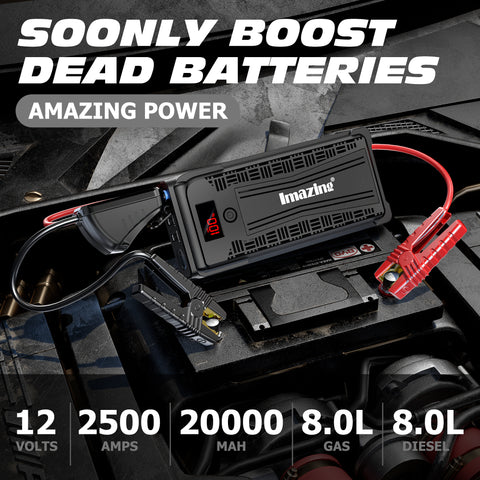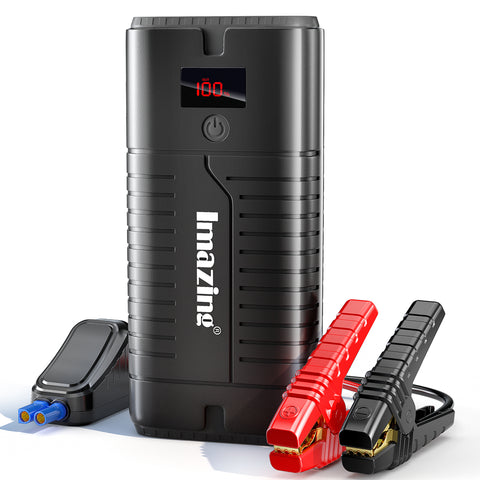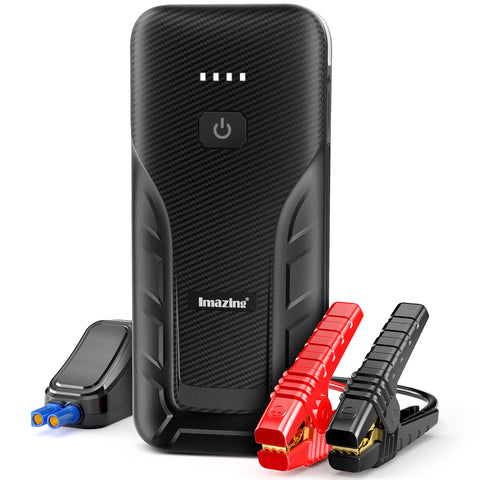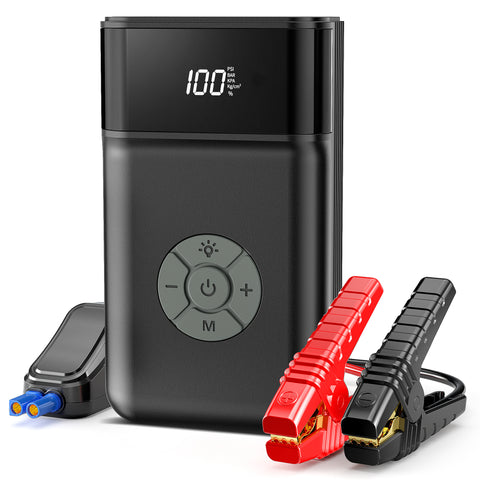Parallel Connections
Parallel Connections are the essential strategy of interfacing the consumer of electric power; when the source has adequate power, the connection or disconnection of individual shoppers has for all intents and purposes no impact on the task of the others.
The total current of a parallel connection is equal to the sum of the currents in all the branches the algebraic sum for direct current or the vector sum for alternating current. Sources of electric power such as the generators in power plants are connected in parallel when the power of one source is insufficient to supply all the consumers.
Many circuits may be simplified by combining 2 or additional parts into one equivalent part. the various parts have rules regarding the ways in which they mix after they area unit nonparallel and after they area unit in parallel. This reference section can 1st describe what it suggests that for 2 terminal parts to be connected nonparallel and parallel, so however these varied parts mix.
If the cells of electric battery area unit connected in parallel, the battery voltage are going to be identical because the cell voltage, however this provided by every cell are going to be a fraction of the overall current. as an example, if electric battery contains four identical cells connected in parallel and delivers a current of 1 ampere, this provided by every cell are going to be zero.25 ampere. Parallel-connected batteries were wide wont to power the valve filaments in portable radios. Lithium-ion reversible batteries (particularly portable computer batteries) area unit usually connected in parallel to extend the charge unit rating. Some star electrical systems have batteries in parallel to extend the storage capacity; a detailed approximation of total amp-hours is that the add of all amp-hours of in-parallel batteries.
The total current of a parallel connection is equal to the sum of the currents in all the branches the algebraic sum for direct current or the vector sum for alternating current. Sources of electric power such as the generators in power plants are connected in parallel when the power of one source is insufficient to supply all the consumers.
Many circuits may be simplified by combining 2 or additional parts into one equivalent part. the various parts have rules regarding the ways in which they mix after they area unit nonparallel and after they area unit in parallel. This reference section can 1st describe what it suggests that for 2 terminal parts to be connected nonparallel and parallel, so however these varied parts mix.
If the cells of electric battery area unit connected in parallel, the battery voltage are going to be identical because the cell voltage, however this provided by every cell are going to be a fraction of the overall current. as an example, if electric battery contains four identical cells connected in parallel and delivers a current of 1 ampere, this provided by every cell are going to be zero.25 ampere. Parallel-connected batteries were wide wont to power the valve filaments in portable radios. Lithium-ion reversible batteries (particularly portable computer batteries) area unit usually connected in parallel to extend the charge unit rating. Some star electrical systems have batteries in parallel to extend the storage capacity; a detailed approximation of total amp-hours is that the add of all amp-hours of in-parallel batteries.













